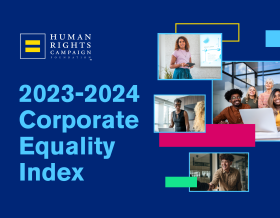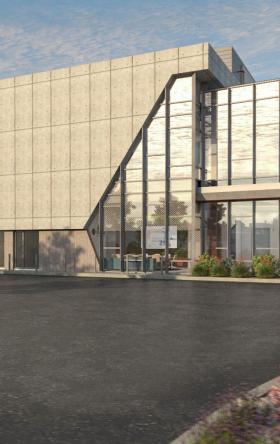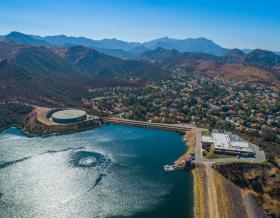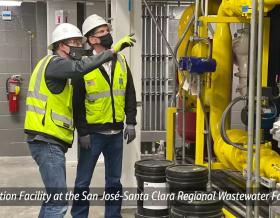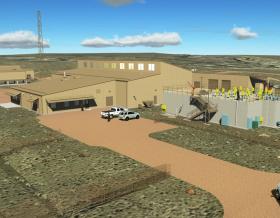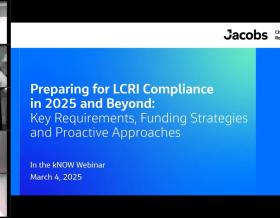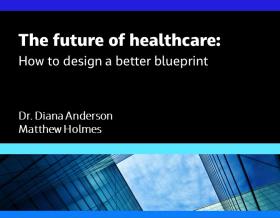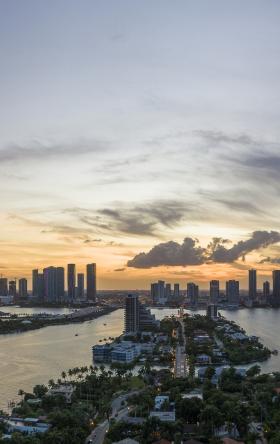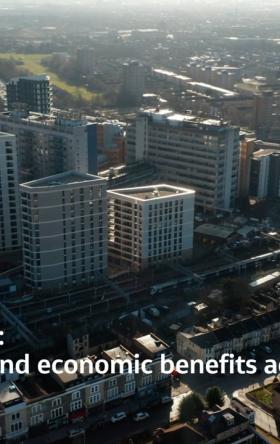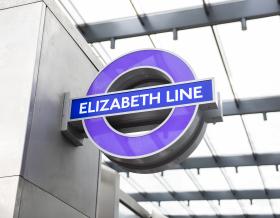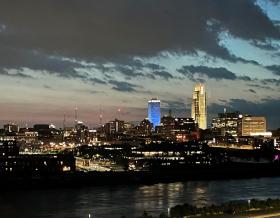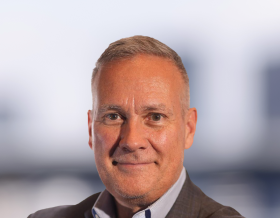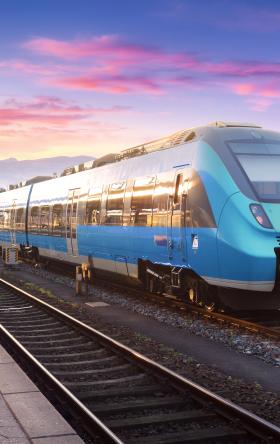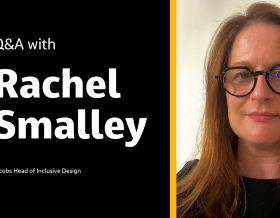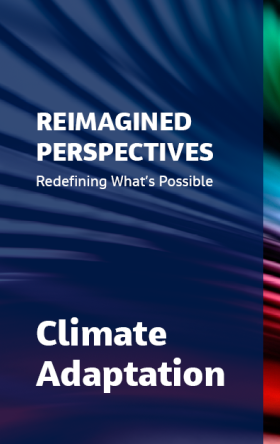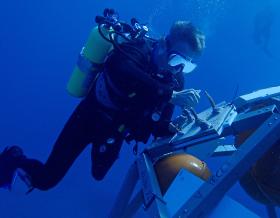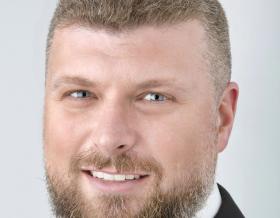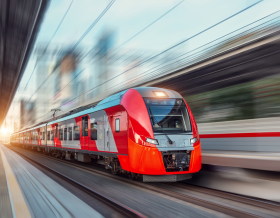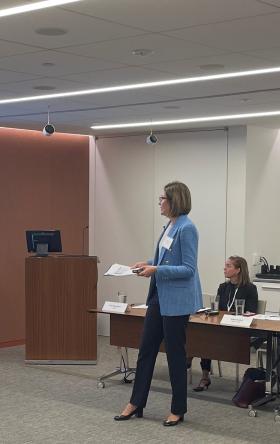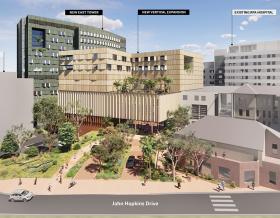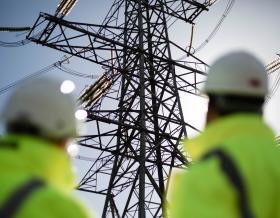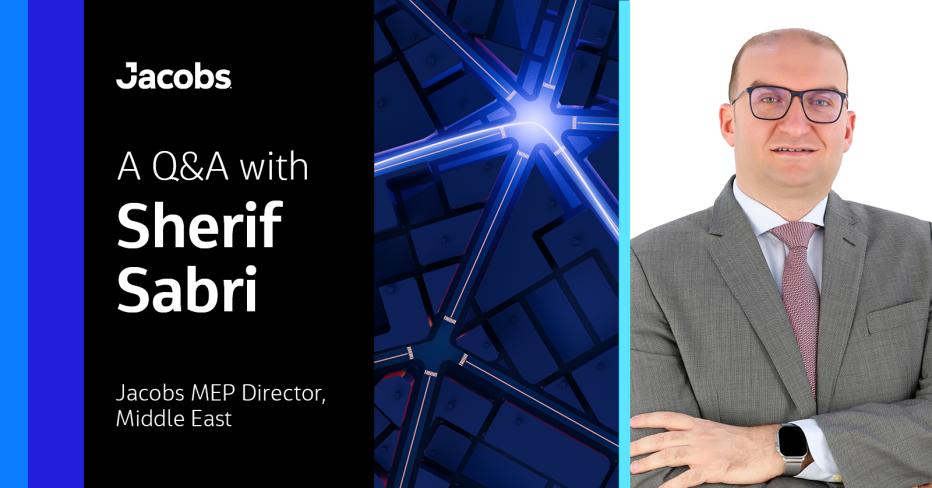
As the Middle East continues to develop ambitious urban infrastructure and mega-projects, the demand for sustainable, high-performance building systems has never been greater.
Jacobs is helping lead the charge by integrating buildings services that are efficient, resilient and tailored for long-term value. By combining digital tools, advanced modeling and lifecycle thinking, we’re supporting clients in creating future-ready built environments across the region.
In this Q&A, Mechanical, Electrical and Plumbing (MEP) Director Sherif Sabri Saad shares how his approach to “Integrated Sustainable Design Intelligence” is transforming how mega-projects are planned, built and maintained—with a focus on sustainability at every step.
Your role involves leading MEP design for some of the Middle East's most significant projects. Tell us about your core philosophy when approaching these complex undertakings and how it ultimately benefits your clients.
My core philosophy centers on what I call “Integrated Sustainable Design Intelligence.” It’s the idea of combining insights from energy modeling, constructability and long-term operation and maintenance from the very start of a project. This isn’t a linear process—it’s collaborative and iterative. By embedding lifecycle thinking into the early design stages, we can identify optimization opportunities, reduce risks and deliver infrastructure that’s resilient, buildable and delivers long-term value. This approach helps ensure that our designs are sustainable not just in theory but in real-world performance.
You emphasize a specific approach when initiating building services design for mega-projects with a focus on sustainability. Can you elaborate on the key elements you prioritize from the outset?
Absolutely. To support “Integrated Sustainable Design Intelligence,” we focus on three interconnected priorities at the beginning of any mega-project:
- Building a multidisciplinary team: To deliver truly sustainable and high-performing buildings, our building services design process is underpinned by a wealth of diverse expertise. Our teams bring together specialists in areas such as energy modeling, mechanical and electrical engineering, building physics, environmental sustainability, and lifecycle costing. This rich blend of knowledge, coupled with a collaborative ethos that champions knowledge sharing and innovation, enables us to create integrated solutions that minimize environmental impact and maximize long-term value.
- Using advanced digital tools: We rely on Building Information Modeling (BIM), energy simulation software and data analytics to inform our decisions. These tools help us test scenarios, forecast energy use and ensure our designs align with sustainability goals and budget constraints.
- Embedding sustainability in the process: We integrate sustainability into every design phase through energy modeling workshops, stakeholder charrettes, constructability reviews and lifecycle cost analyses. This ensures sustainability is a driver, not an afterthought.
These three pillars—people, tools and process—set the foundation for building services design that meet sustainability goals while performing reliably and efficiently over time.
You’ve emphasized Building Energy Modeling. How does this go beyond standard practice to inform your sustainable design decisions?
Building energy modeling (BEM) is more than a step in our process—it’s a core strategy. It helps us understand how building systems interact in dynamic ways. By running simulations, we can optimize everything from building orientation and façade design to system selections. This data-driven method helps us tailor solutions to a project’s climate and operational context, enabling higher energy efficiency and reduced environmental impact. It moves us beyond one-size-fits-all design into truly customized, sustainable systems.
Constructability and operations and maintenance are often seen as separate from the "glamour" of design. Why do you place such a strong emphasis on these aspects in sustainable building services design?
Because true sustainability covers the full lifecycle—not just the design phase. A system may look great on paper, but if it’s difficult or expensive to build, operate or maintain, it won’t live up to its promise. Prioritizing constructability ensures our systems can be delivered efficiently. And when we design for ease of operation and maintenance, those systems continue to perform optimally over time. That’s where the long-term energy savings and environmental benefits come from. Without this focus, sustainability efforts can quickly unravel in practice.
About the interviewee
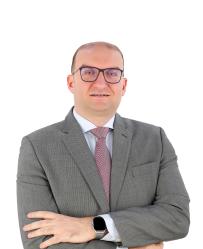
Based in Dubai, Sherif Sabri Saad, the MEP Director for the Middle East at Jacobs, leverages 20 years of experience to champion the integration of sustainable design intelligence into building services engineering for complex, large-scale projects. He champions a holistic approach to sustainable building services design, where advanced energy modeling informs resource-efficient solutions, constructability is optimized for minimal waste, and lifecycle performance is a central tenet, ensuring infrastructure delivers enduring environmental and economic benefits. A Chartered Engineer and recipient of the MEP Project Manager of the Year 2023 award, Sherif is shaping a more resilient and sustainable built environment across the region.

